Table of content
Introduction
Mushrooms, particularly the white variety commonly known as “button mushrooms” or “Agaricus bisporus,” are a staple in many cuisines worldwide. Their delicate flavor and versatile nature make them an excellent addition to various dishes, from salads to stir-fries and soups. However, concerns about the quality and safety of mushrooms, particularly those that might have undergone bleaching, have risen among consumers. Bleaching mushrooms can enhance their appearance, making them look whiter and more appealing, but it also poses potential health risks due to the chemicals involved. In this comprehensive guide, we will explore how to discern whether mushrooms are bleached, the reasons behind bleaching, the potential health risks, and tips for purchasing and storing high-quality mushrooms.
Understanding Mushroom Bleaching
Bleaching mushrooms is a process where chemicals, typically hydrogen peroxide or sodium hypochlorite (bleach), are used to whiten their appearance. This practice is often driven by aesthetic considerations, as consumers generally prefer mushrooms with a bright, uniform white color. However, the use of these chemicals can strip away the natural pigments and nutrients present in mushrooms, altering their taste and texture. Moreover, excessive or improper use of bleach can leave residues on the mushrooms, posing health risks to consumers.
Why Mushrooms Are Bleached
The primary reason for bleaching mushrooms is to enhance their visual appeal. Mushrooms that are naturally grown can have varying shades of brown or gray, which some consumers may perceive as less desirable. Bleaching can create a uniform, bright white appearance that is more marketable. Additionally, bleaching can help extend the shelf life of mushrooms by slowing down the oxidation process that leads to discoloration. However, these benefits come at a cost, both to the mushrooms’ nutritional value and to consumer health.
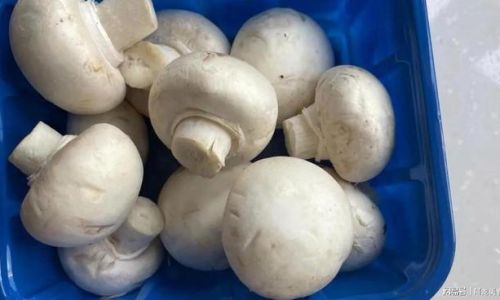
Potential Health Risks of Bleached Mushrooms
The health risks associated with bleached mushrooms stem primarily from the chemicals used in the process. Hydrogen peroxide and sodium hypochlorite are both corrosive and can irritate the skin, eyes, and respiratory system. While rinsing mushrooms can reduce the amount of bleach residue, complete removal is not always guaranteed. Consuming mushrooms with bleach residues can lead to gastrointestinal distress, skin irritation, and respiratory problems in sensitive individuals.
Moreover, the bleaching process can degrade the nutritional quality of mushrooms. Mushrooms are a rich source of antioxidants, vitamins, and minerals, but these nutrients can be lost or altered during bleaching. This means that consumers who choose bleached mushrooms may be missing out on the health benefits associated with consuming fresh, unbleached mushrooms.
How to Discern Whether Mushrooms Are Bleached
Discerning whether mushrooms are bleached involves a combination of visual inspection, smell, and touch. Here are some detailed steps to help you identify bleached mushrooms:
Visual Inspection
-
Color Uniformity: Bleached mushrooms tend to have an unnatural, uniform white color. Naturally grown mushrooms may have varying shades of brown, gray, or even a slight blush of pink. Look for mushrooms with a natural color gradient and imperfections.
-
Surface Texture: Bleached mushrooms may have a smoother, more polished surface. Naturally grown mushrooms often have a slightly rough or uneven texture due to their growth process.
-
Edges and Undersides: Examine the edges and undersides of the mushrooms. Bleached mushrooms may have a stark contrast between the white cap and the darker gills, while naturally grown mushrooms will have a more gradual transition in color.
Smell
- Natural Aroma: Mushrooms have a distinct, earthy aroma. Bleached mushrooms may have a chemical or bleach-like smell, which is a clear indication of tampering.
Touch
-
Moisture Content: Bleached mushrooms may feel wetter than naturally grown ones. This is because the bleaching process can involve soaking the mushrooms in a bleach solution, which increases their moisture content.
-
Firmness: Feel the firmness of the mushrooms. Fresh, unbleached mushrooms should be firm and slightly springy to the touch. Bleached mushrooms may feel softer or more fragile.
Packaging and Labels
-
Labels and Certifications: Look for labels and certifications that indicate the mushrooms are organic or have been grown without the use of chemicals. Certified organic mushrooms are less likely to have been bleached.
-
Packaging: Bleached mushrooms may be packaged in plastic wrap or containers that are sealed tightly to prevent the bleach smell from escaping. Naturally grown mushrooms may be packaged in more breathable materials, such as paper or mesh bags.
Price and Availability
-
Price: Bleached mushrooms may be cheaper than naturally grown ones due to the lower cost of production. However, this is not always the case, so price should not be the sole determinant.
-
Availability: Bleached mushrooms are more likely to be found in large grocery stores or supermarkets that prioritize appearance over quality. Smaller, local farmers’ markets or organic stores are more likely to sell naturally grown mushrooms.
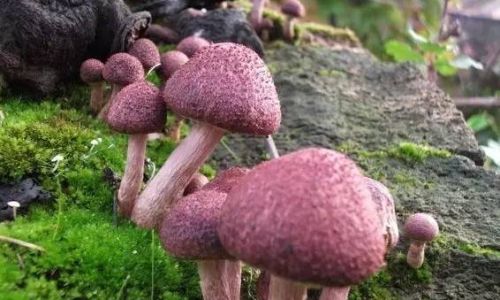
Additional Tests
-
Soaking Test: Soak a small sample of mushrooms in water for a few minutes. If the water turns white or has a bleach-like smell, the mushrooms are likely bleached.
-
Paper Towel Test: Rub a mushroom gently on a white paper towel. If the towel shows any discoloration or a bleach-like residue, the mushrooms are likely bleached.
Purchasing and Storing High-Quality Mushrooms
Once you have identified high-quality, unbleached mushrooms, it is important to store them properly to maintain their freshness and nutritional value. Here are some tips for purchasing and storing mushrooms:
Purchasing Tips
-
Choose Fresh Mushrooms: Look for mushrooms that are firm, have a fresh aroma, and are free from bruises or mold.
-
Buy in Season: Mushrooms are available throughout the year, but they are freshest and most flavorful during their peak season, which varies depending on the variety and region.
-
Support Local Farmers: Buying mushrooms from local farmers or organic stores ensures that you are getting fresh, high-quality produce that has not been treated with chemicals.
Storage Tips
-
Proper Packaging: Store mushrooms in a paper bag or on a paper towel in the refrigerator. Avoid using plastic bags, as they can trap moisture and cause the mushrooms to spoil faster.
-
Consume Promptly: Mushrooms are best consumed within a few days of purchase. If you cannot use them all right away, consider freezing them for later use.
-
Temperature Control: Keep mushrooms in the crisper drawer of your refrigerator, where the humidity is higher and the temperature is more stable.
Conclusion
Bleached mushrooms may look appealing, but they come with potential health risks and a loss of nutritional value. By following the steps outlined in this guide, you can discern whether mushrooms are bleached and make informed purchasing decisions. Remember to support local farmers and organic producers, as they are more likely to offer high-quality, unbleached mushrooms. Proper storage and handling will ensure that your mushrooms remain fresh and delicious, providing you with the nutritional benefits they are known for. With a little knowledge and vigilance, you can enjoy the taste and health benefits of fresh, unbleached mushrooms with confidence.
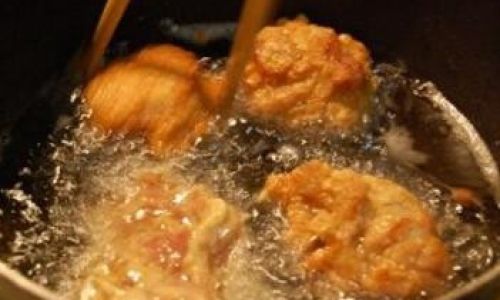


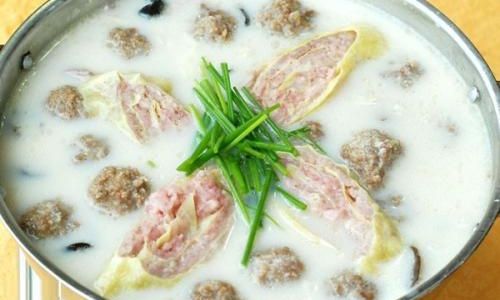

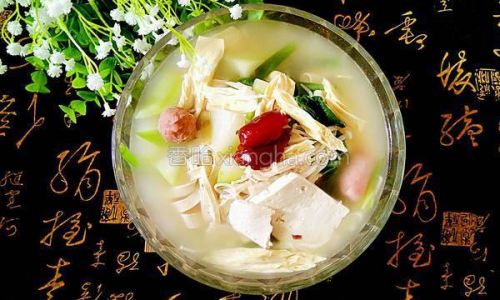
0 comments